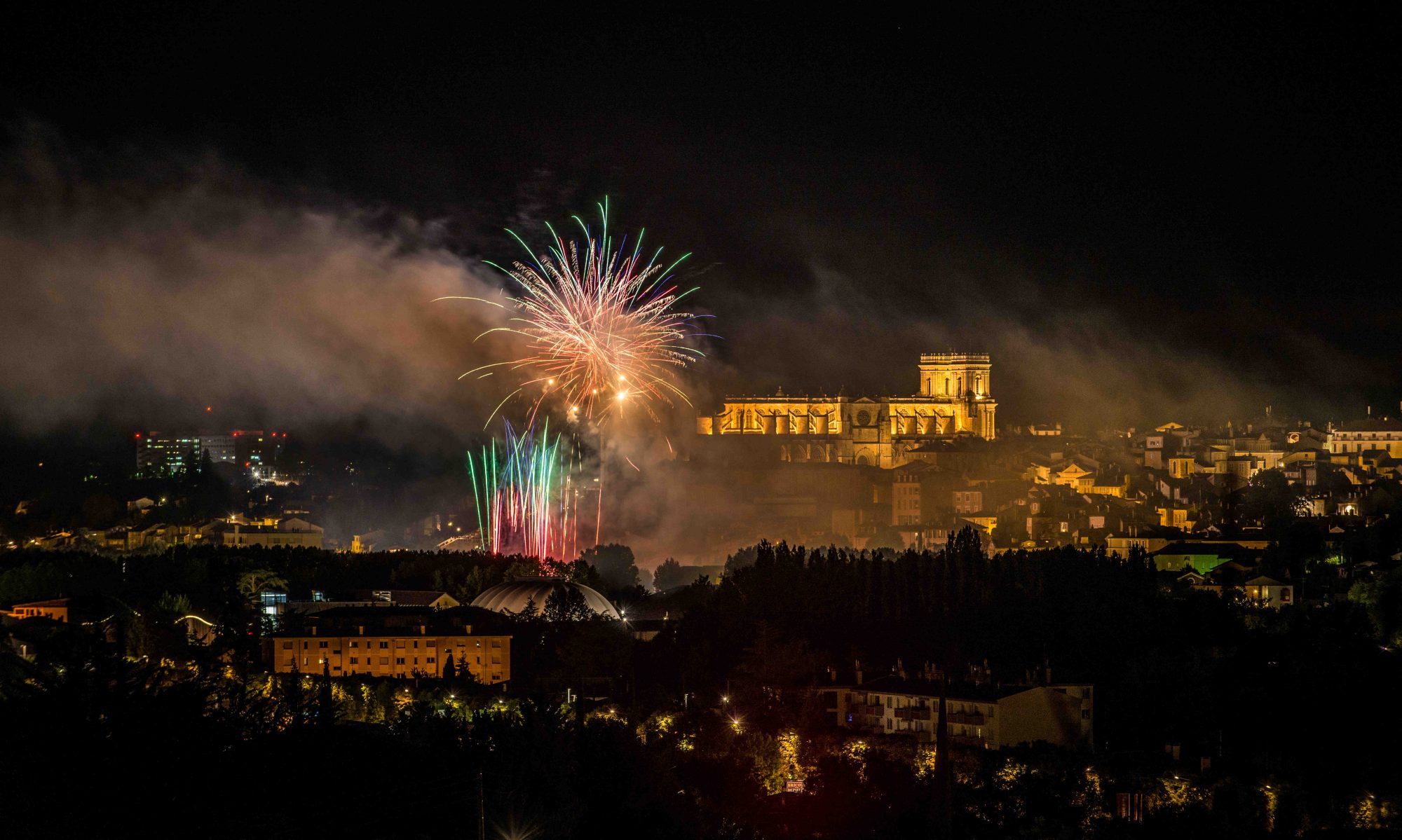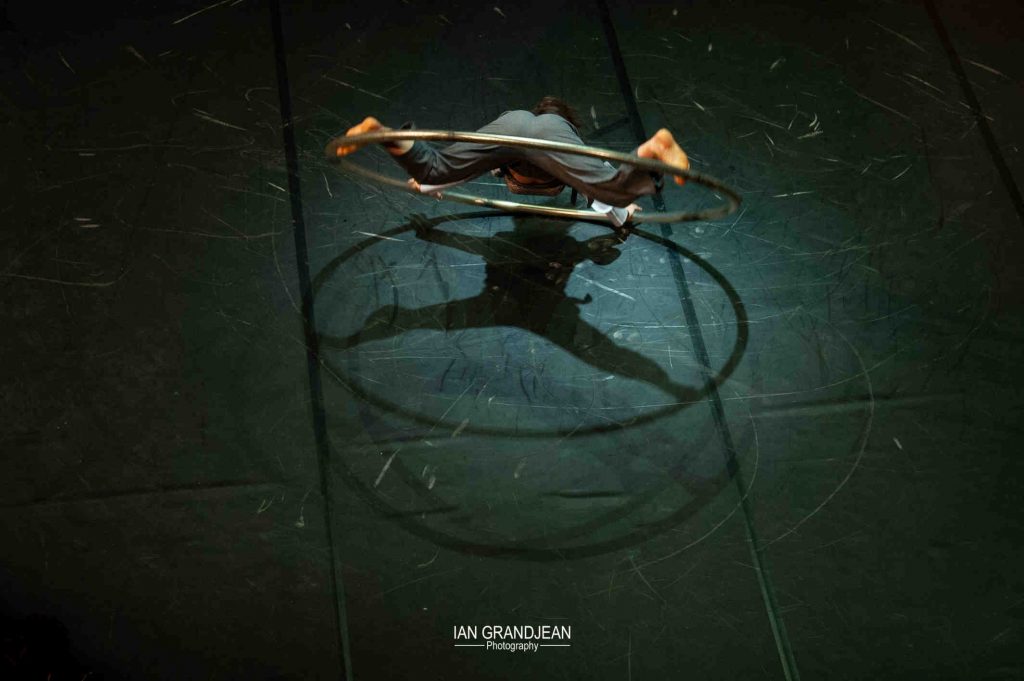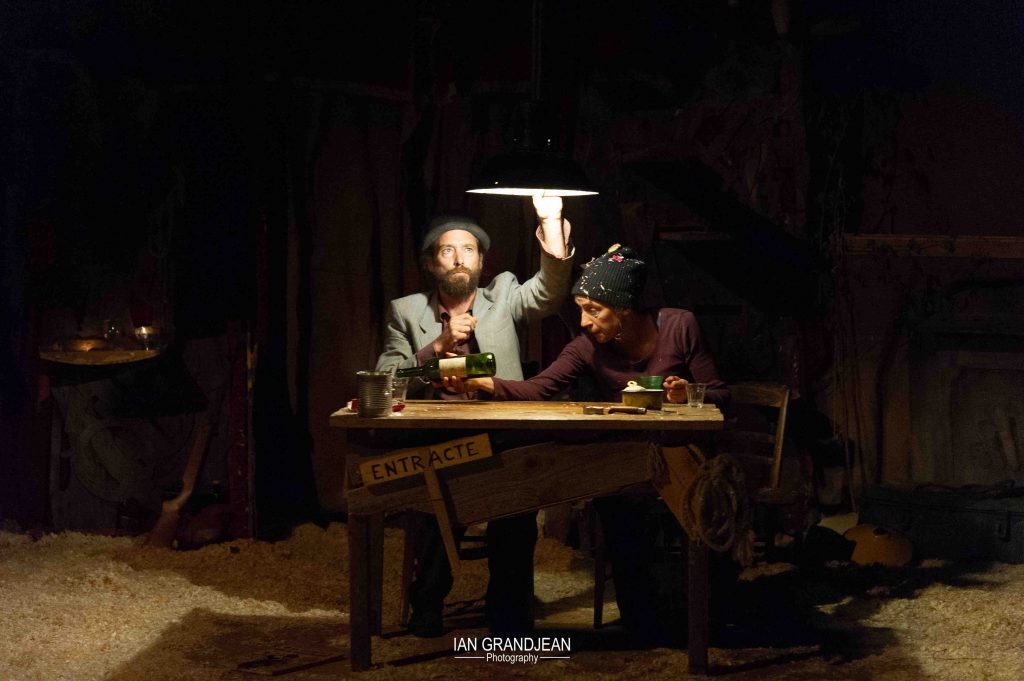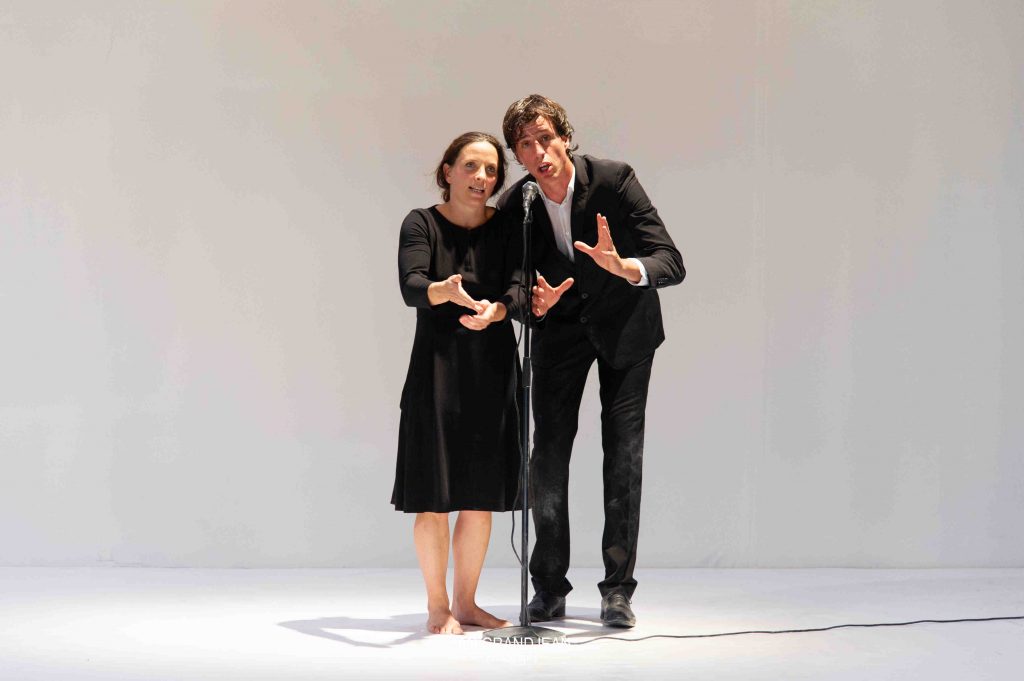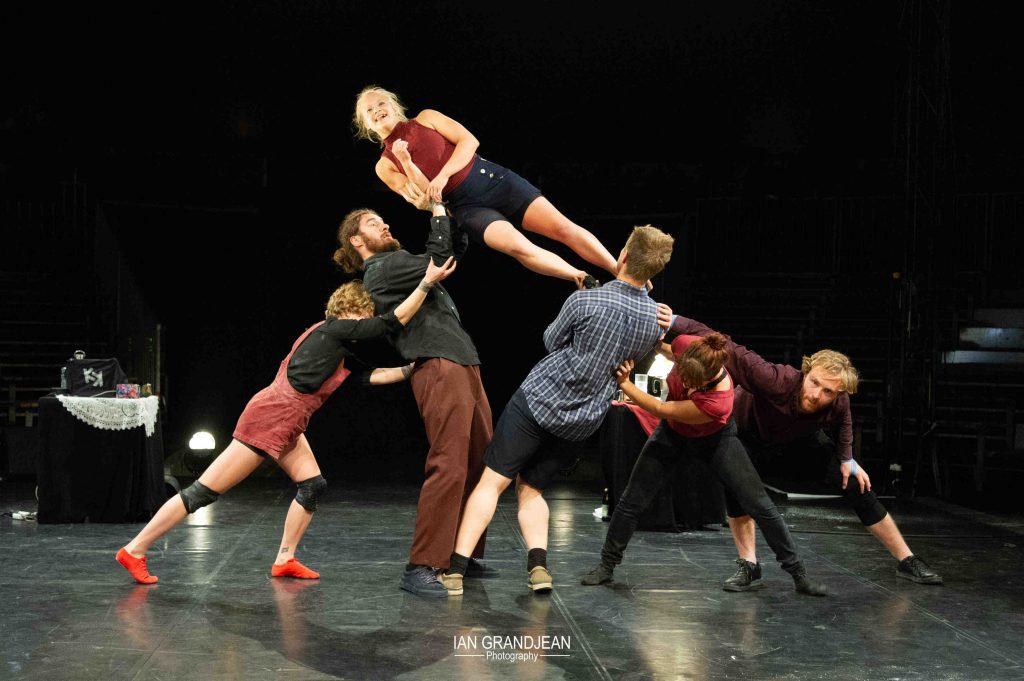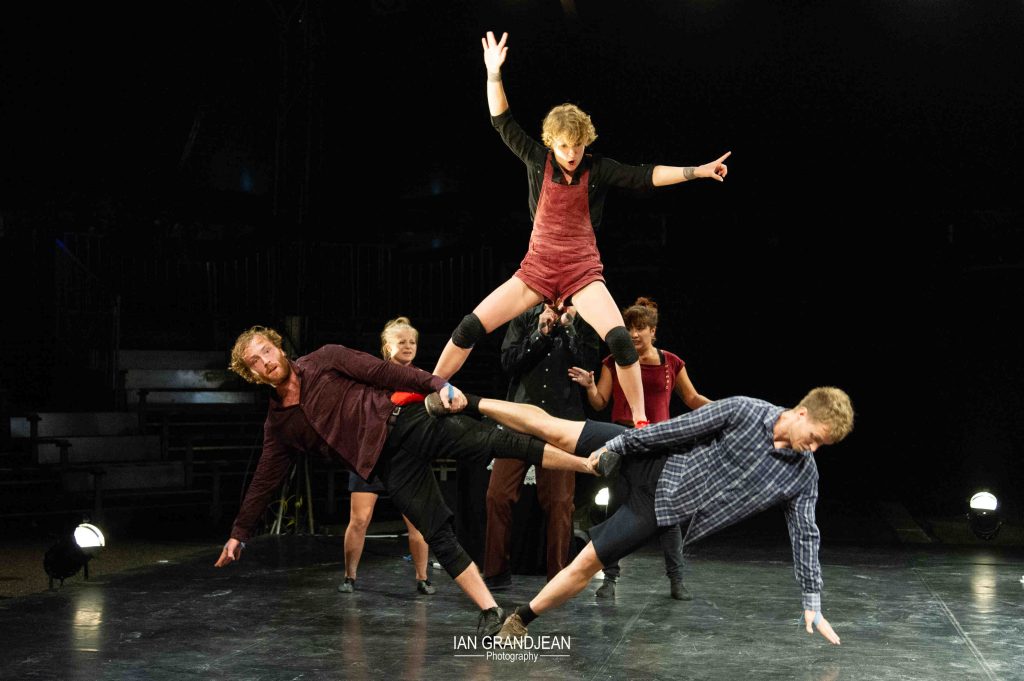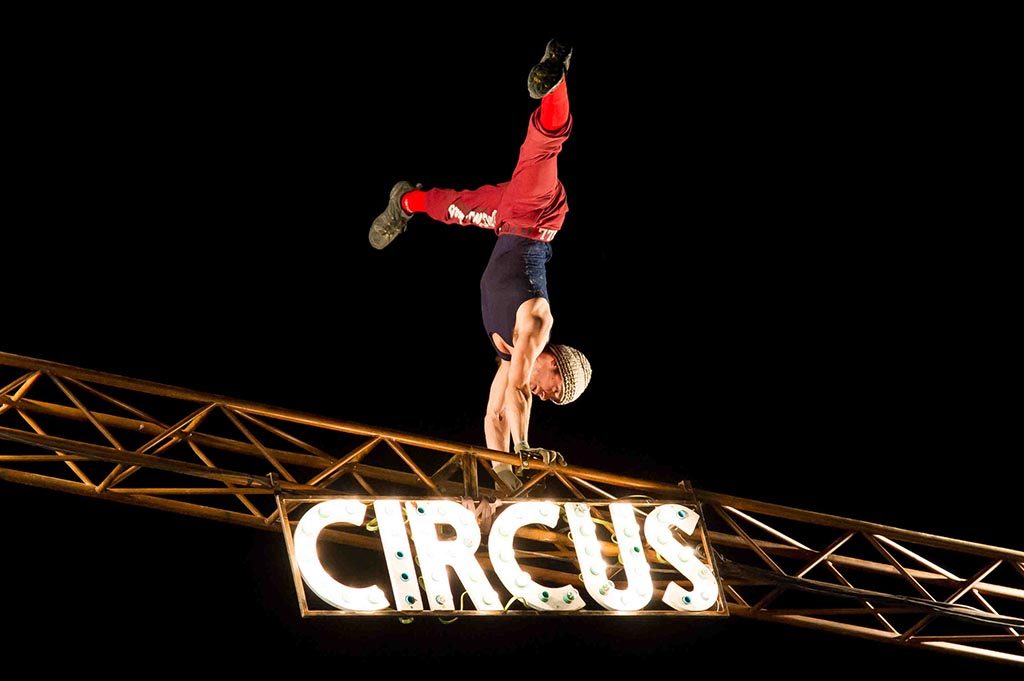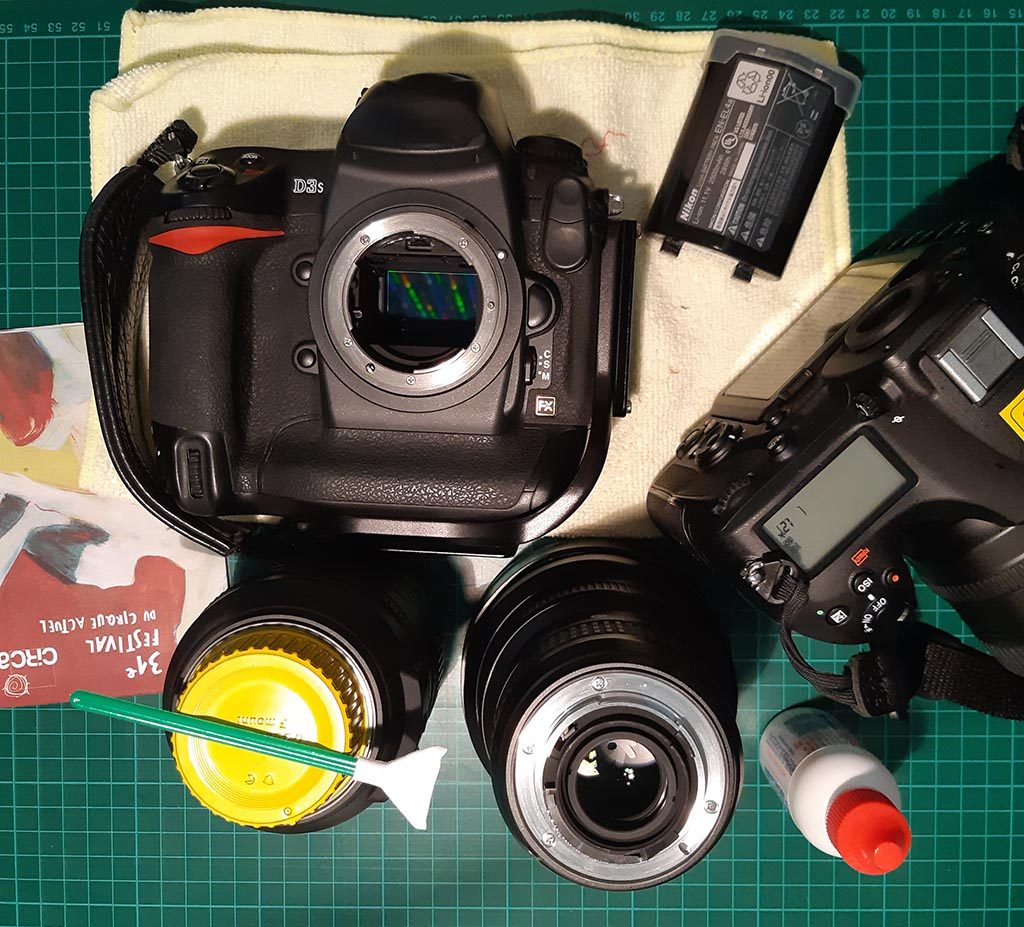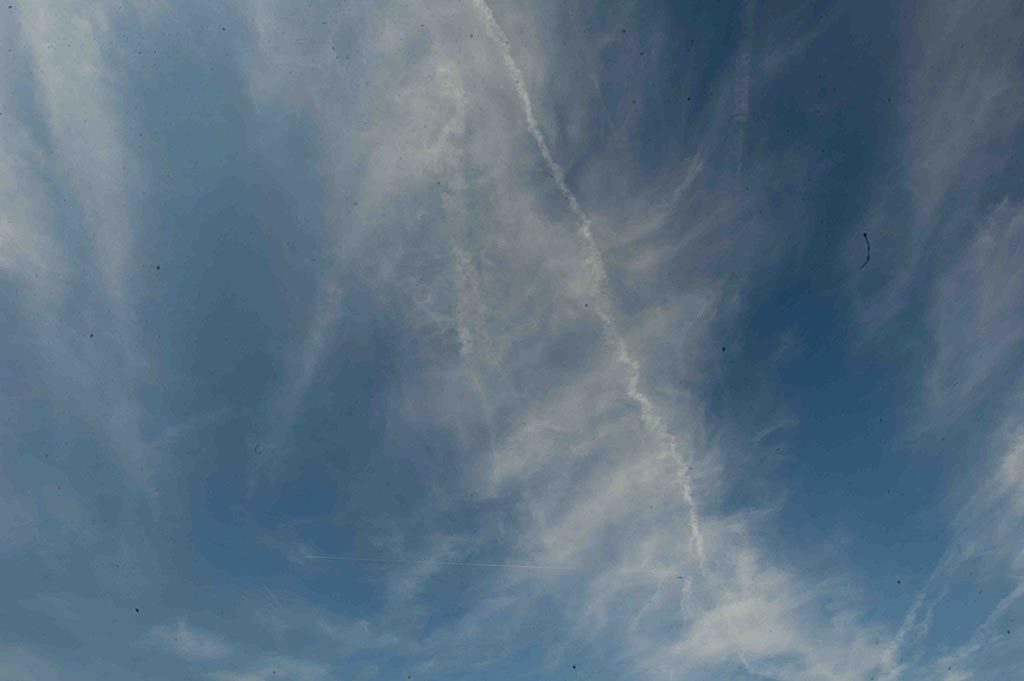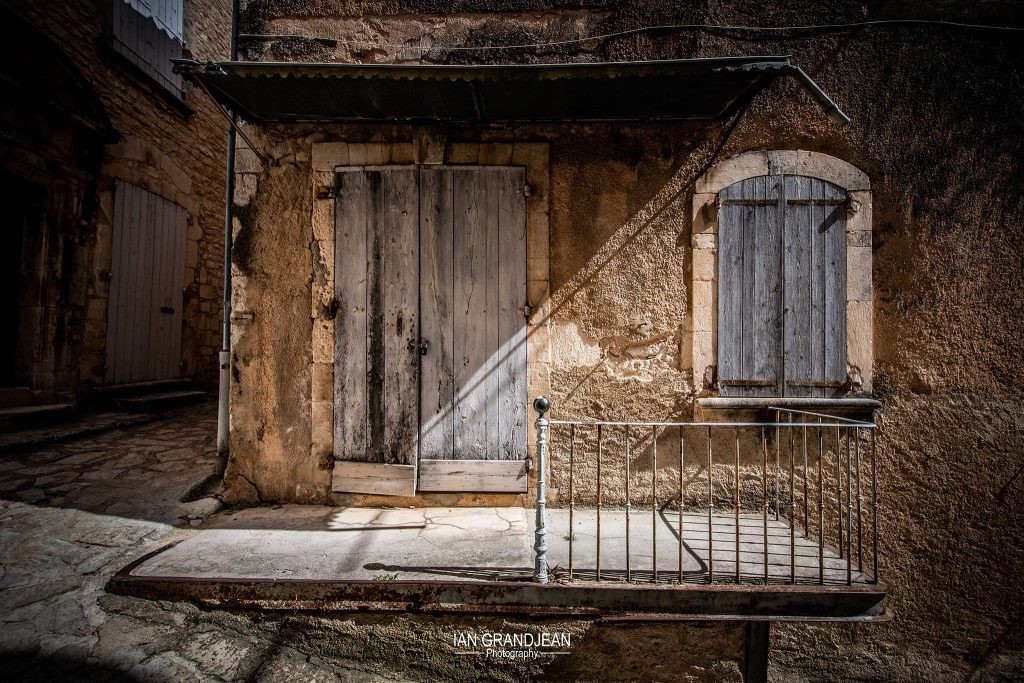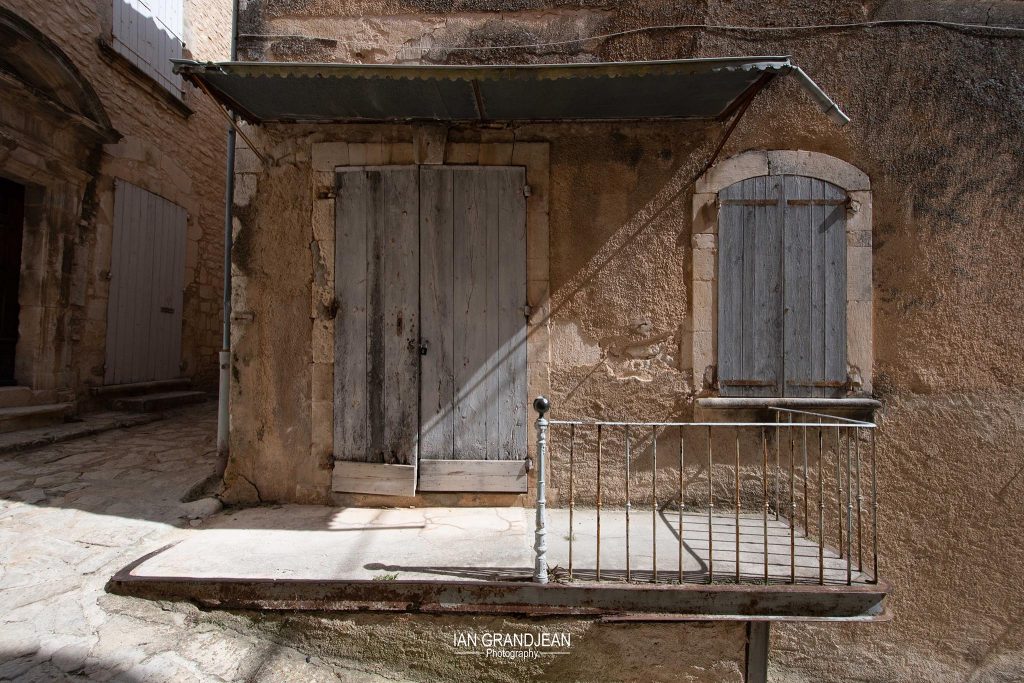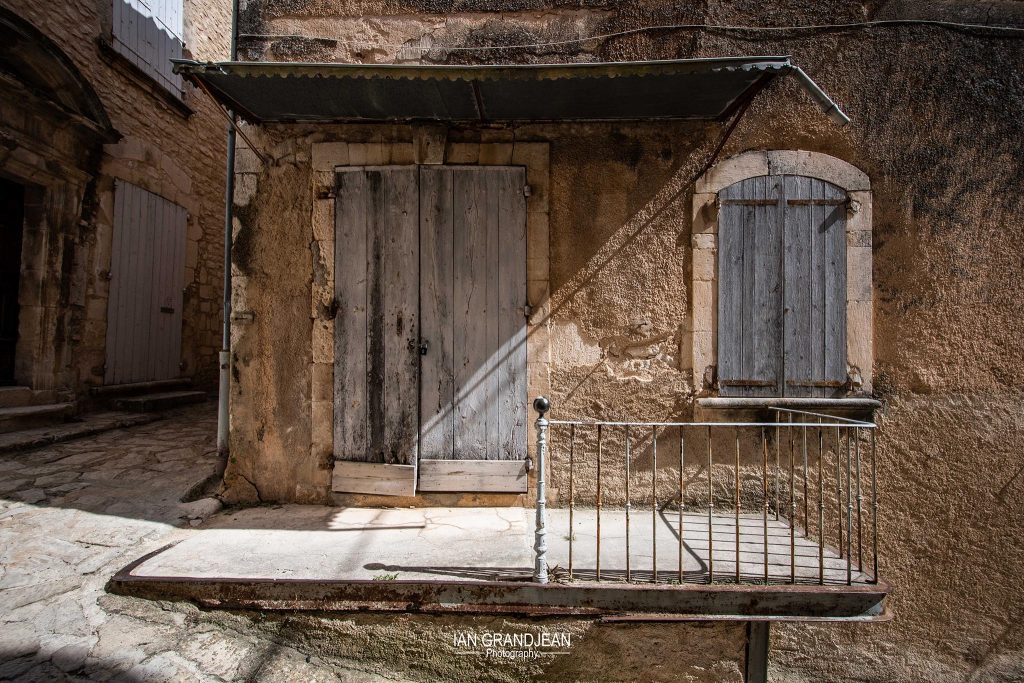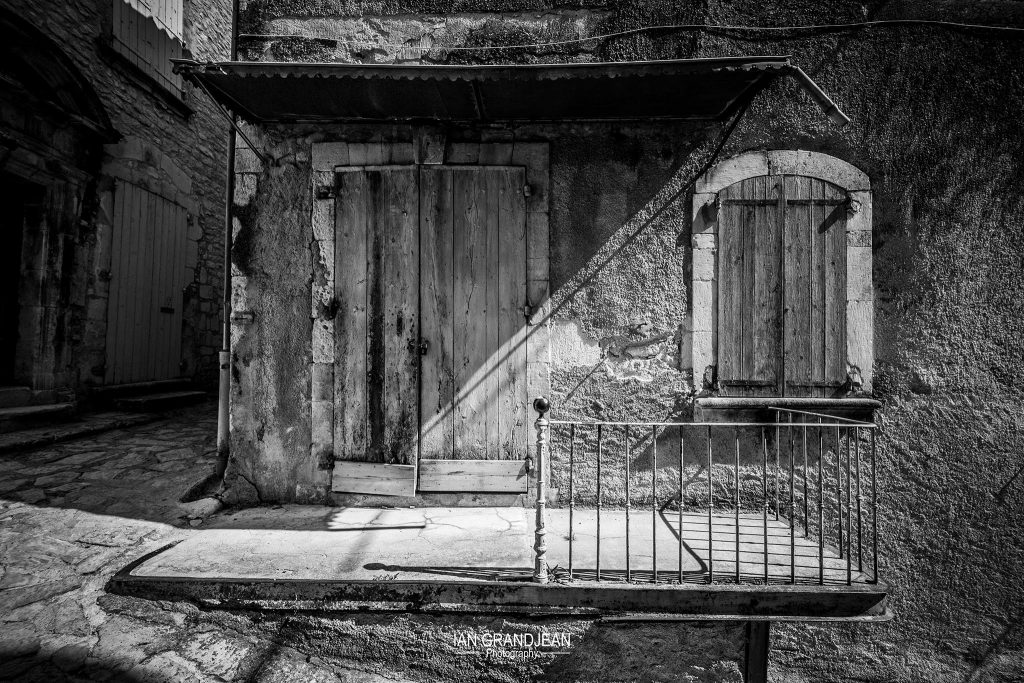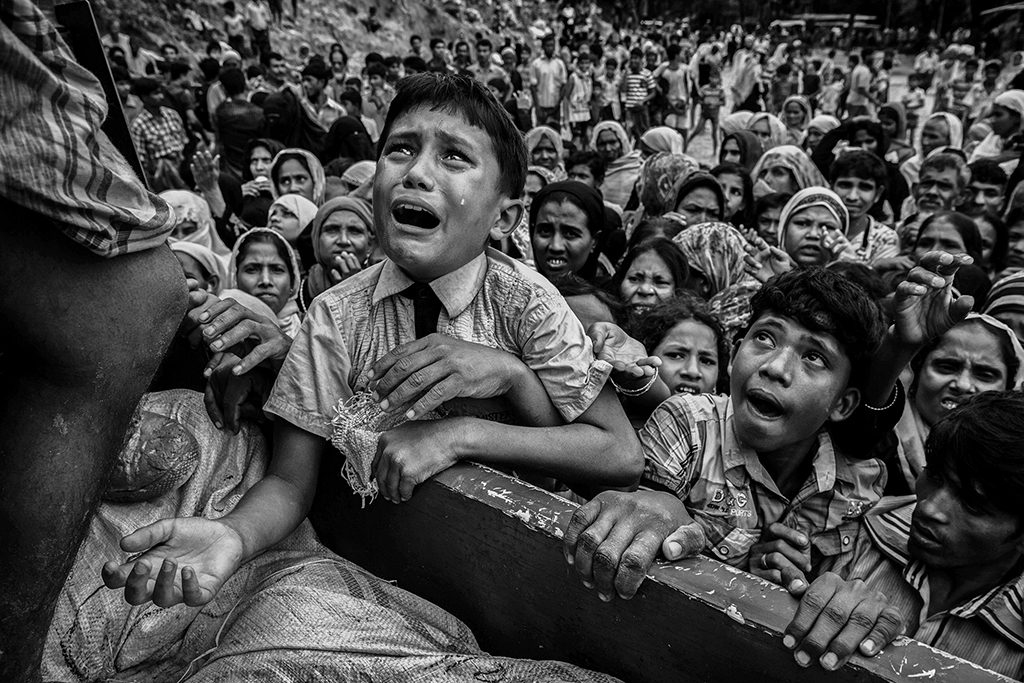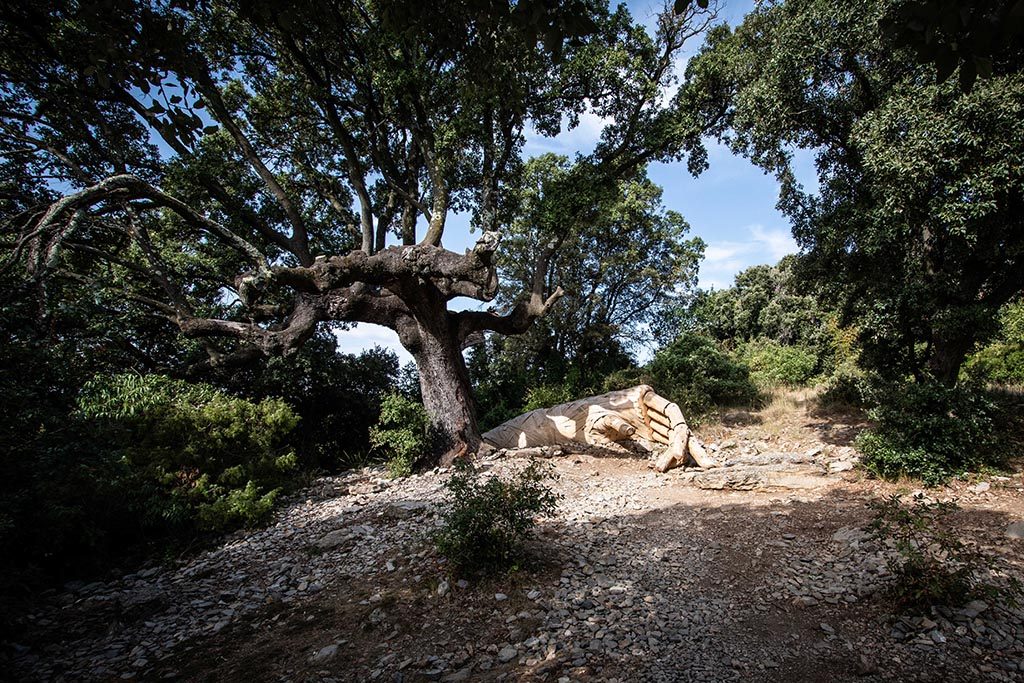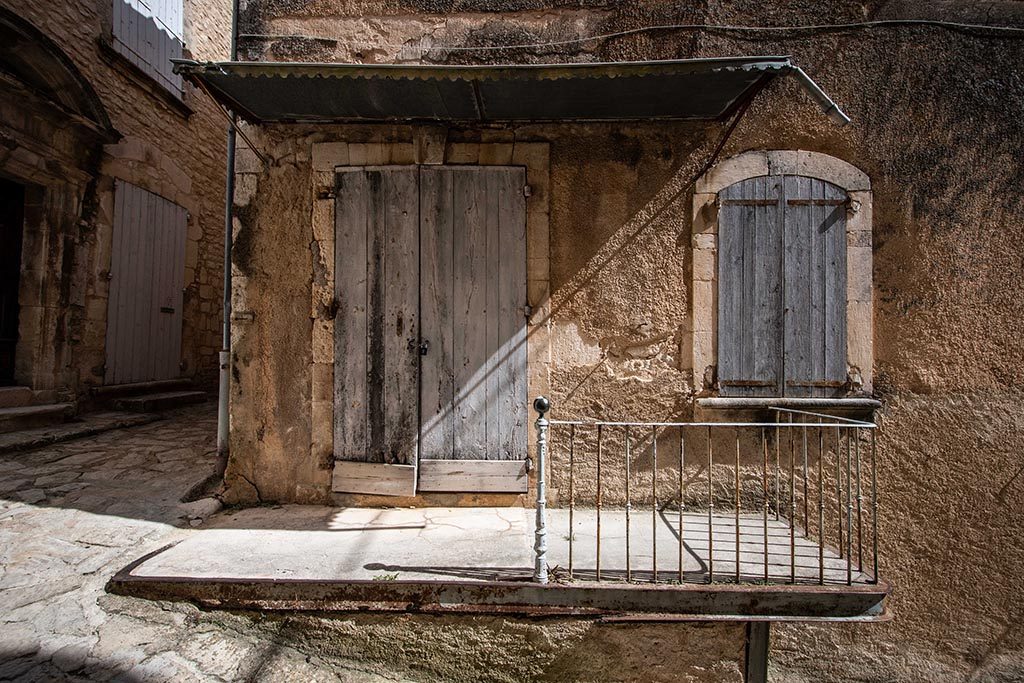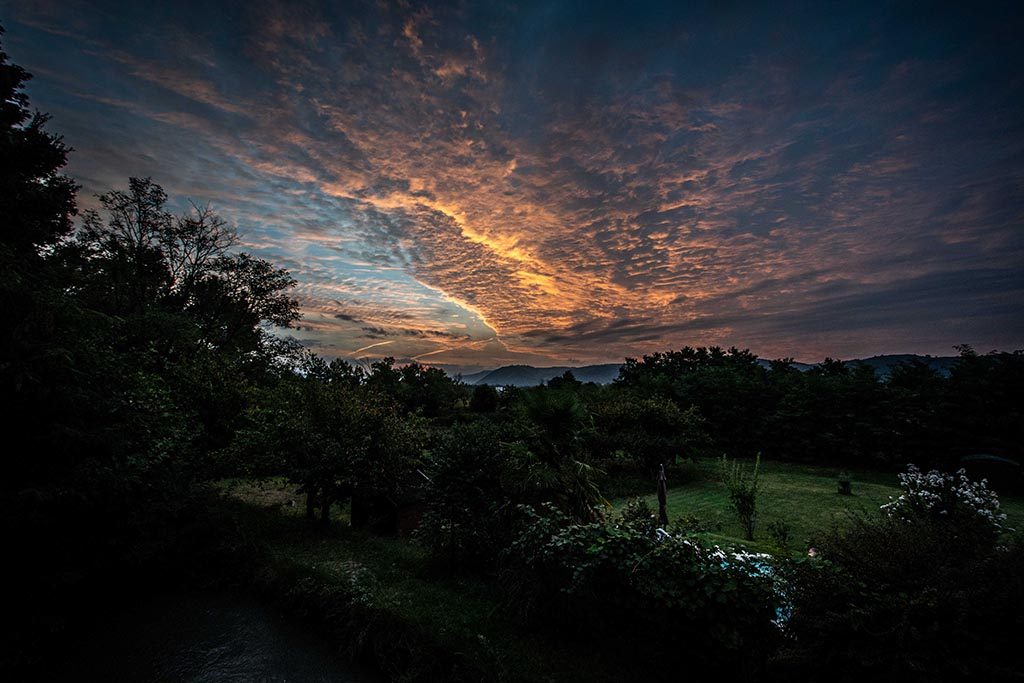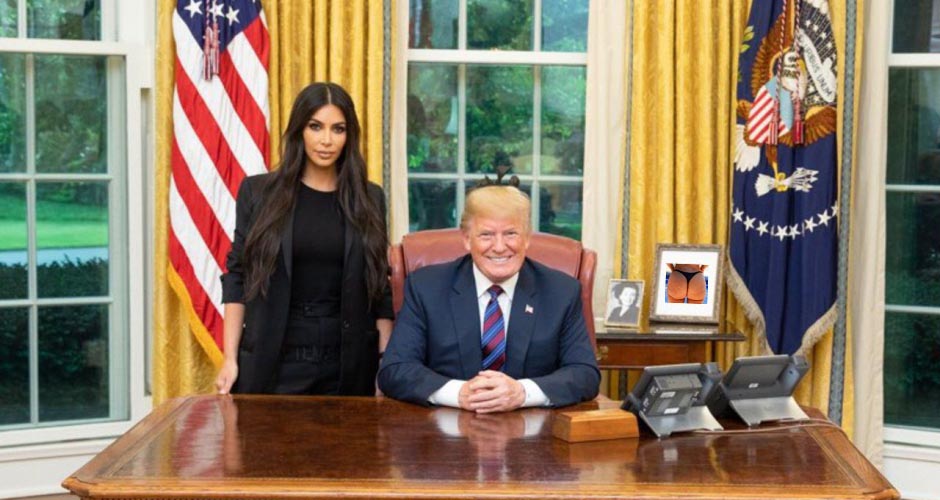Day 4, Monday, was interesting – I was supposed to follow two spectacles, but I hadn’t been too impressed with the previous time I’d seen Alexander Vantournhout and so I let « Red Haired Men » slide…
But I did see Cirque Aïtal and « Season de Cirque » which was good – and enabled me to see how things had developed since I photographed them here in résidence.
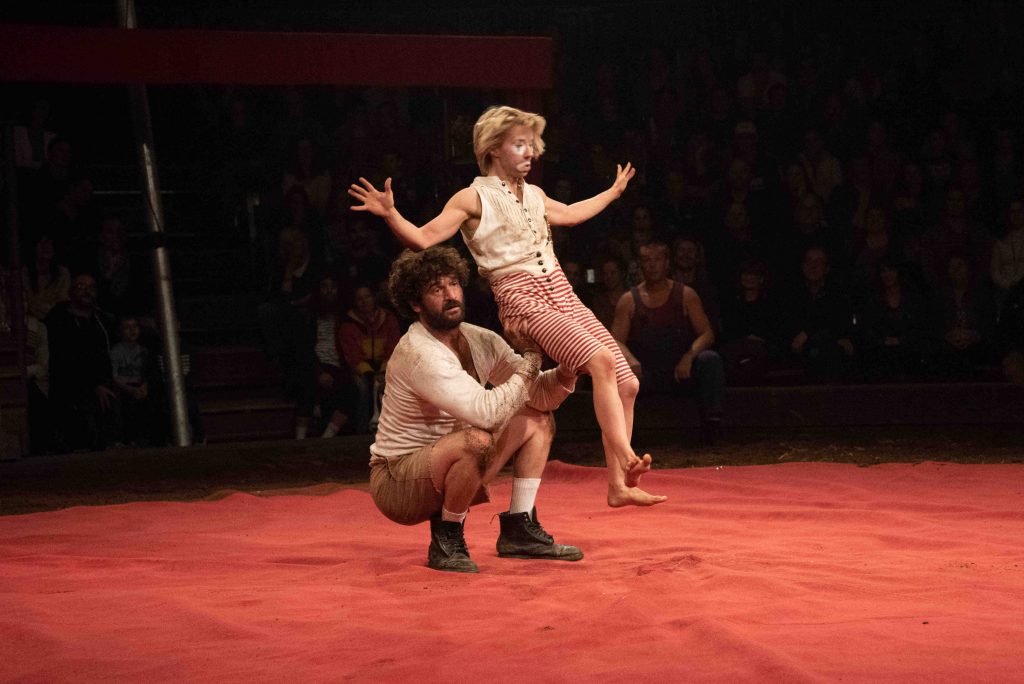
Katy and Viktor were just as crazy, and a lot of the slow bits have been speeded up and all it all it was a good evening.
Tuesday, day 5, started off with the Cie Aléas – I know these two from previous spectacles with other companies, so it was great to seem them on their own.
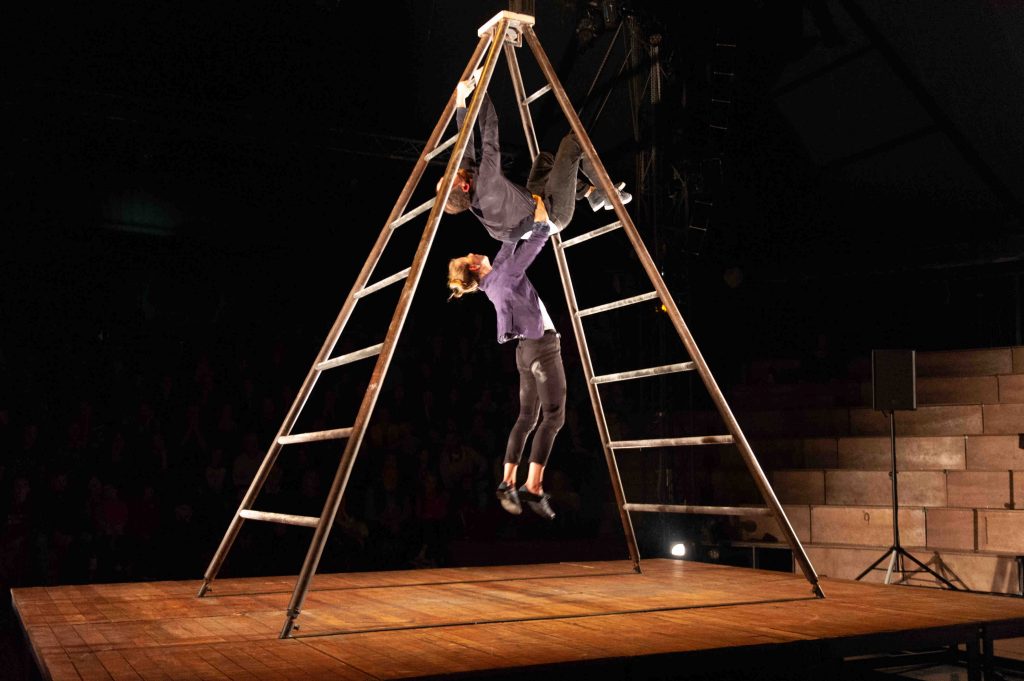
The whole spectacle revolved around a triangle comprised of two ladders – it’s amazing what you can do with a ladder and 35 minutes stage time… Enjoyed it, which was the most important for me.
After this I drove over to the Dôme where a company I’ve followed for nearly three years (no doubt due to the fact it’s exclusively women…) performed « Project .PDF » – nothing to do with Acrobat reader or Photoshop – PDF stands for Portés de Femme.
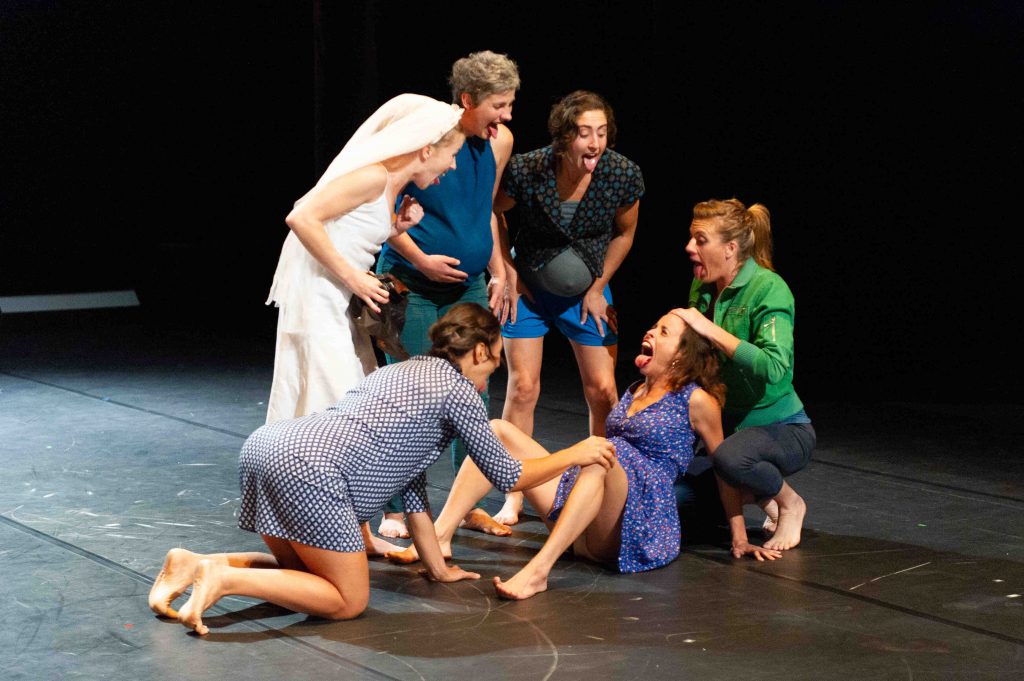
Great show – much better ‘finished’ than I’d seen in the development stage… Another great evening…what will day 6 bring?
